Capitol Peak Lookout Site
Elevation: 2,658 feet
Elevation Gain: 250 feet
Distance: Under a half mile
Access: Good Gravel Roads
USGS Benchmark Notes
WillhiteWeb.com
A 1911 survey party reported that the summit had "a tree being used as a light stand". The tree was cut off at 132.8 feet, with spikes driven in the tree. The next survey party in 1936 reported the tree had been cut but that spikes were found in the stump. They said there was a trail up the east side of the mountain and a lookout tower on the summit, and a Forest Service cabin. In 1937 they reported a road was being constructed to the summit and the summit logged off. A 1954 team reported making observations from a 15 foot tower. A 1968 team made no mention of any lookout towers. 1975 team notes several microwave and communication towers scattered around the top.
The top of this mountain is heavily timbered, largely with Balsam and Hemlock, and in topography, is a flat of some 15 acres. To get a clear view by normal means would have entailed the falling of all timber on this bench and for some distance below it. As it will be some years before this timber is logged, this would have resulted in both the creation of a fire hazard and a loss of timber by decay. It was therefore decided to top four trees, brace them with sills as high as possible, and to construct upon the floor thus created, a tower. (22nd Annual Report of the Washington Forest Fire Association)
This first tower was built in 1929, described in "The Timberman" in 1930. "With the help of a high rigger, four trees were stripped of their branches to a top diameter of six inches. At a height of 84 feet, the four trees were joined by stout cedar joists, rough hewn. These were 6"x16"---24', and were spiked to the trees with 12-inch cut spikes, and further braced to the trees by specially made U-bolts. A floor was then placed on the joists. Because the four trees joined, or any other suitable trees, did not grow so as to form a square, it was decided to erect a tripod tower upon the floor. This tripod base forms an equilateral triangle, with sides 22 feet, a height of 35 feet, and a top triangle of 12 feet. Each leg was set in to the junction of the tree supports and the joists, except one leg, which was offset some four feet to make the triangle. Man power, plus blocks and manila rope, saw all the material hoisted to the top deck, and in the evening of the second day of erection of the tripod, this work was almost complete. To ascend to the lookout proper, a ladder rises from the hurricane deck to the crows nest, wherein is placed a fire finder. A counter-balance bosun's chair was rigged up, with a fixed manila rope running from the floor to the ground. The man, or even woman, who dares to ascend, pulls on the rope to overcome any lack of weight in the counterbalance. On reaching the deck, through a trap, the door is placed in position, and then the hero gets free from the chair. The main trees are guyed with haul-back line, one guy to each tree. The tripod is guyed to the point where the tree supports and the main floor joins. A good sound job was made of this unique structure, which is 119 feet from ground level to the lookout floor." The 27th Annual Report of the WFFA in 1934 said "it was intended only as a temporary structure until the time (estimated four years) as the hill should have been logged off. Trade conditions have slowed down progress, but it is felt unwise to leave the structure as it now stands, as three of the supporting trees are of hemlock and one of balsom." This suggests it was brought down in 1934 while other reports say the structure blew down in 1934.
The second tower built in 1935 was described in the annual forestry report as "A centrally located 100-foot ring connected lookout tower, constructed from pressure creosoted Douglas fir". This 100 foot tower had an 8 foot by 8 foot cab. This tower was either removed by the U.S. Army to make room for a radar station in 1942, or it blew down.
A third tower was constructed in 1943, a 83 foot tower with a 7x7 foot cab, but this one blew down in 1946. (source unknown/unconfirmed)
A fourth tower was built in 1946. It was described in the annual forestry report as "An 83-foot ring connected lookout tower built to replace one demolished by wind on Capitol Peak in Thurston County." This article seems to confirm the third tower lost in 1943.
A fifth tower is said to have been built in 1954. It was a 45 foot wooden tower with L-4 cab. This last tower was removed in 1967. It's possible this last (fifth) tower was the fourth tower, trimmed down to accommodate an L-4 cab. (Note the unconventional inside trapdoor access to the cab and wide legs at the top, indicating this tower was not built to fit this cab).
Capitol Peak 1935
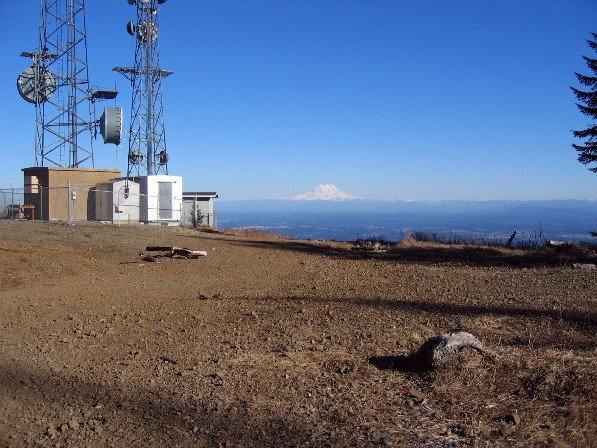
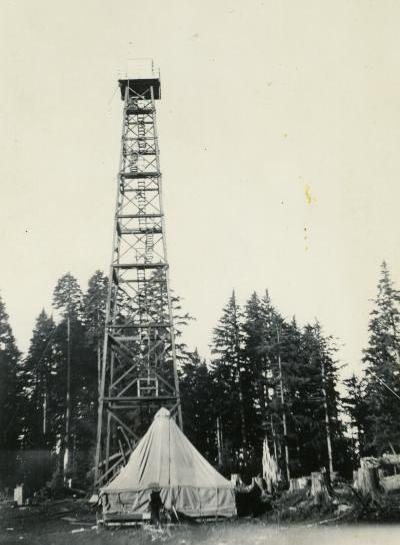
Access in 1942 for AWS
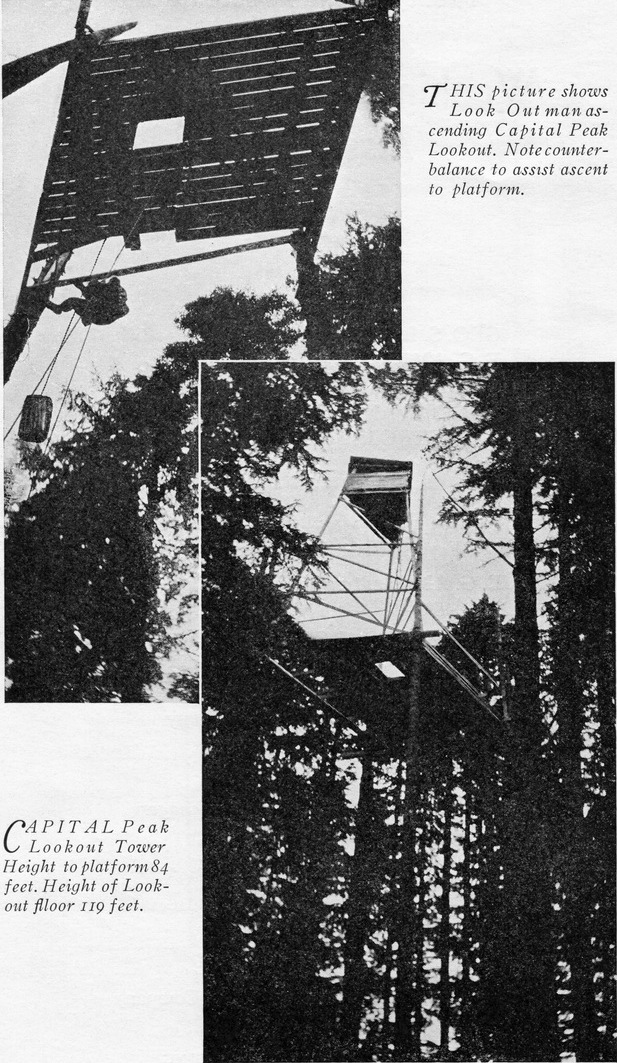
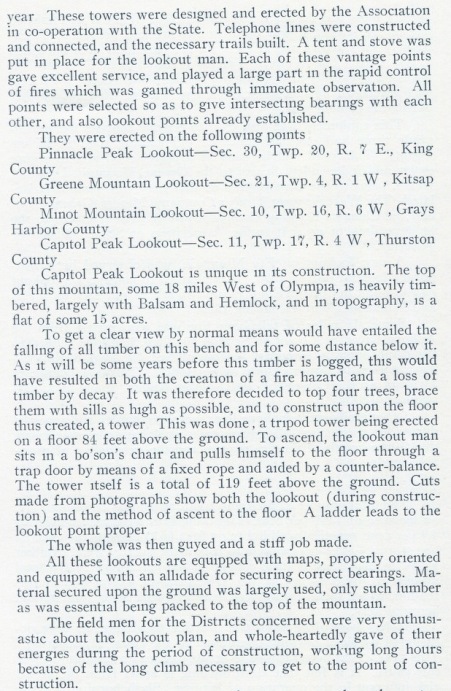

Original Tower
Photo by Dean Molen
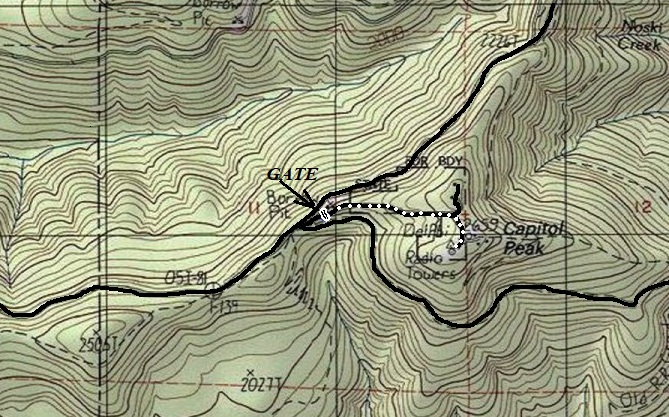
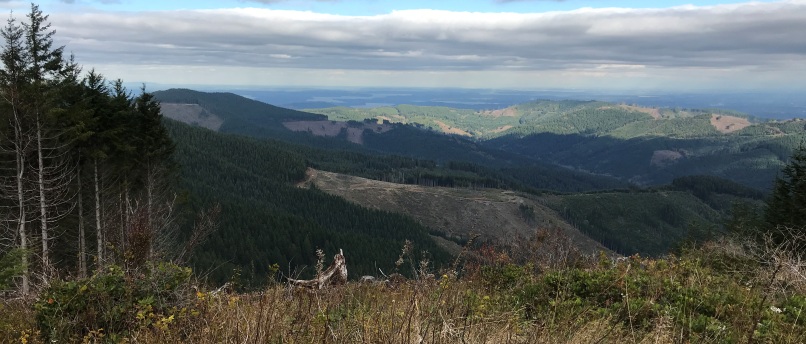
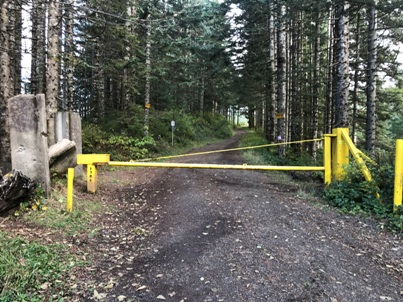
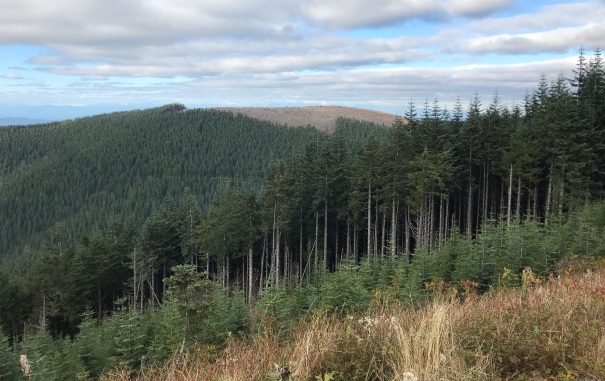
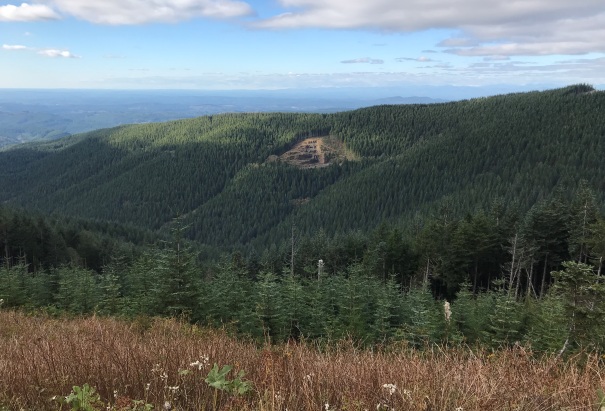
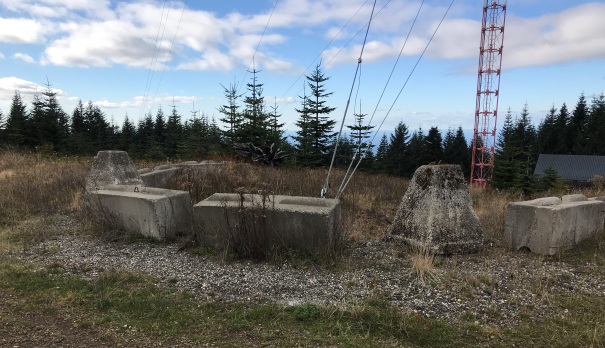
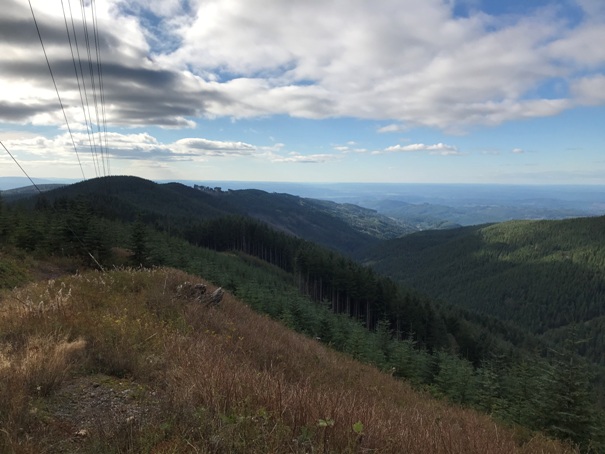
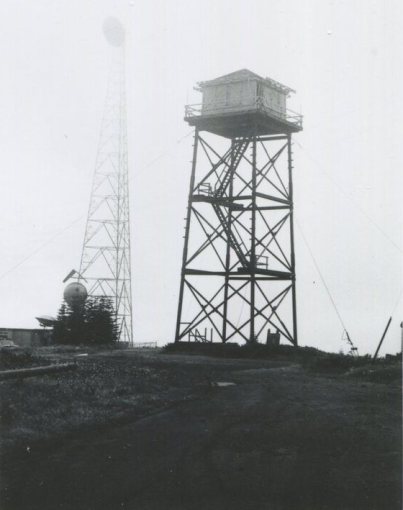

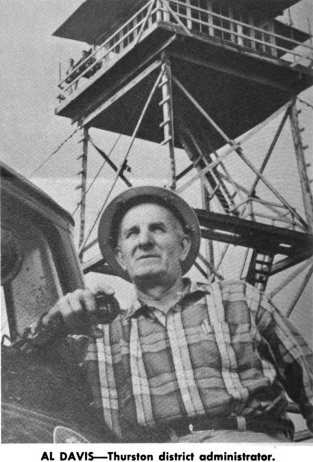
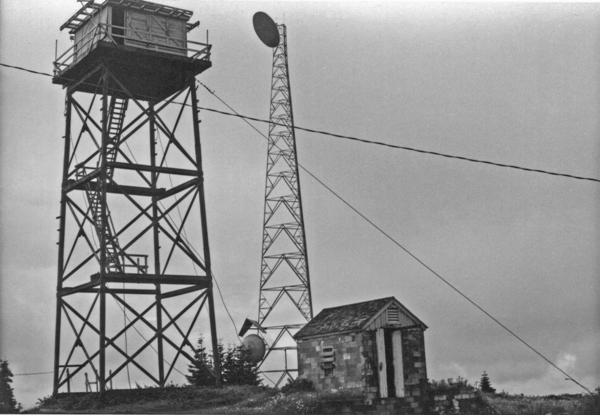
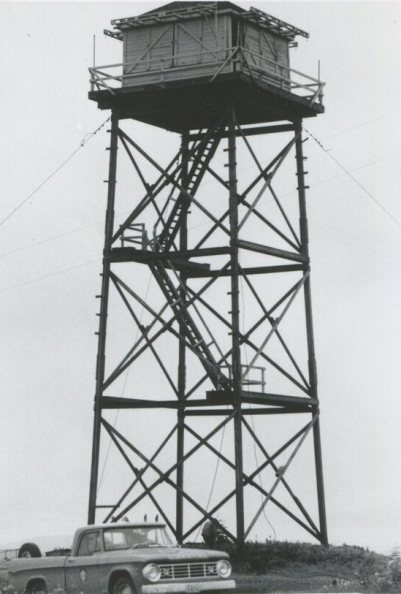
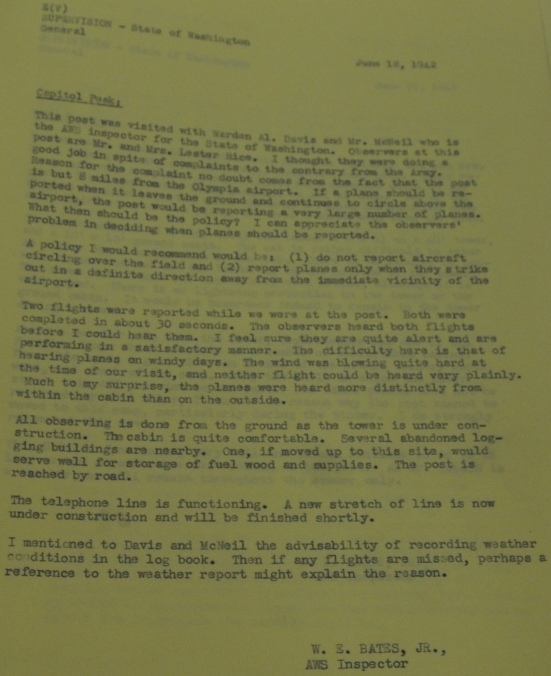
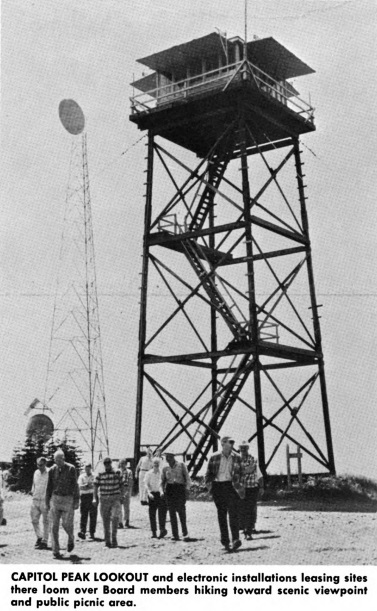
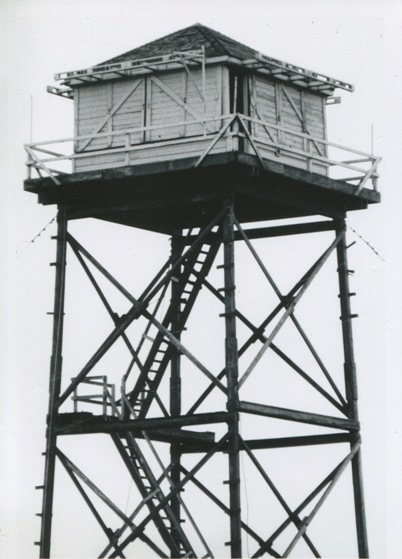
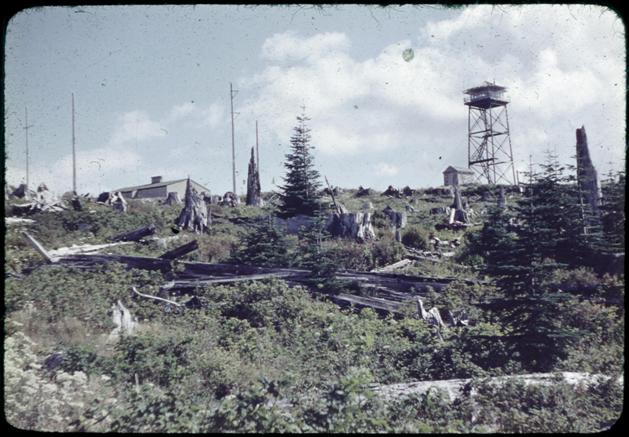
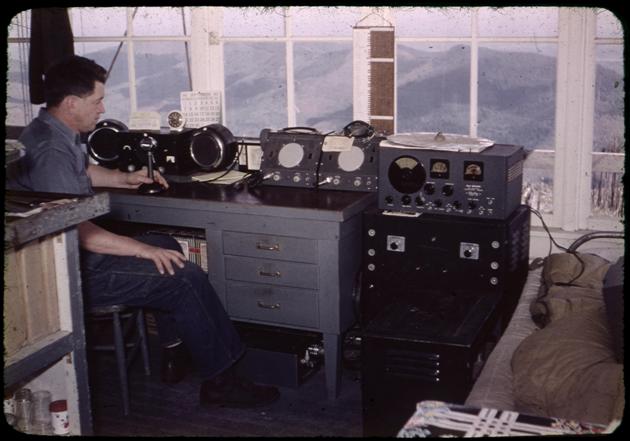
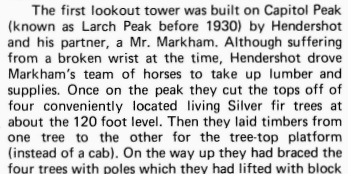
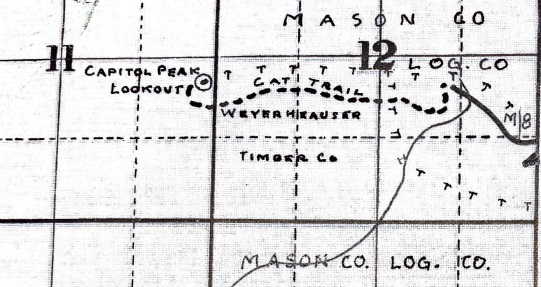
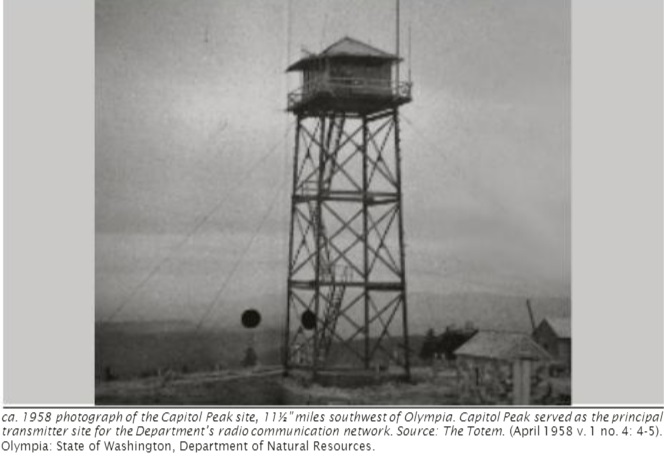

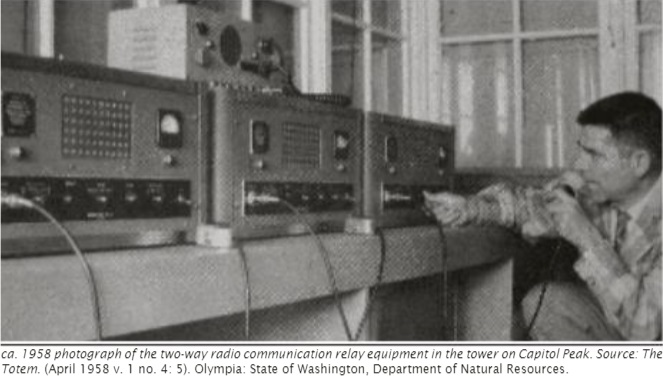
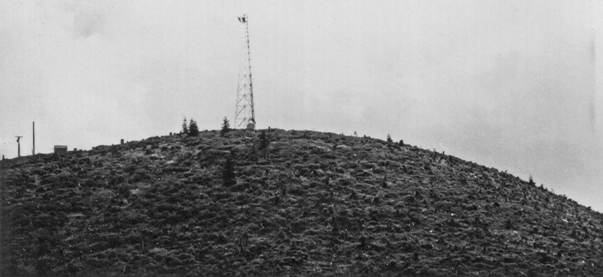

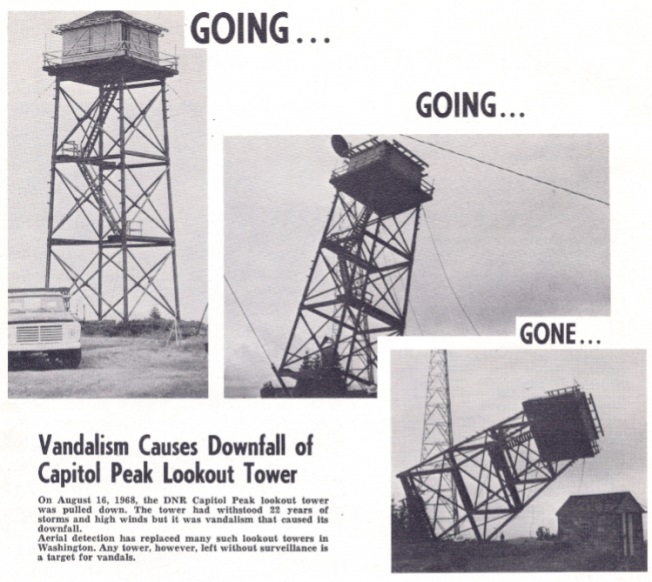
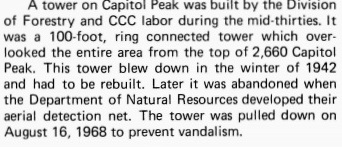
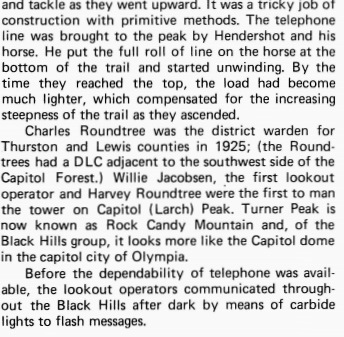
Source: The Totem
2 images above, September 1952 with Clyde Mulford
August 1968
1968
August 1968
Views in 2020
Gate in 2020 up to the communication/lookout site. There is a large parking area at the gate and many visitors hike up the road to the view at the top....while it lasts.
AWS observers 1942
Capitol on a list of lookouts prior to 1942. Road to 1 mile can be opened to top for $50. Tower now down to be replaced Spring 1942.
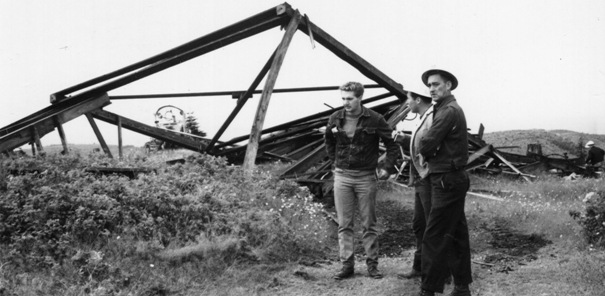
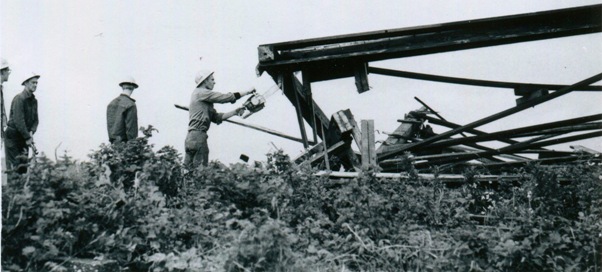
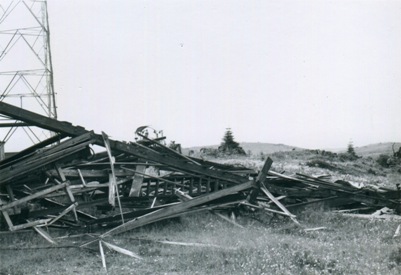
1968
1968 with the tower now gone
1968 tower removal
1968 tower removal
Early 1930s map
Looking NW over the shoulder of Larch Mountain
Looking North to Larch Mountain which is a few feet higher and the highpoint of the Black Hills.
Two tower footings still at the summit
Short road walk from the gate to the top of Capitol Peak.
AWS document about an inspection at Capitol Peak
Source: The Totem
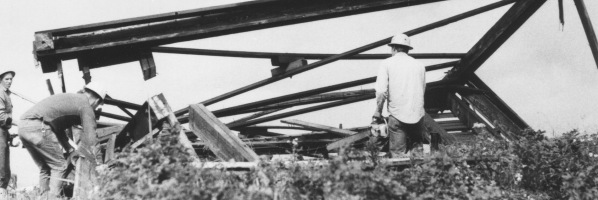
August 1968
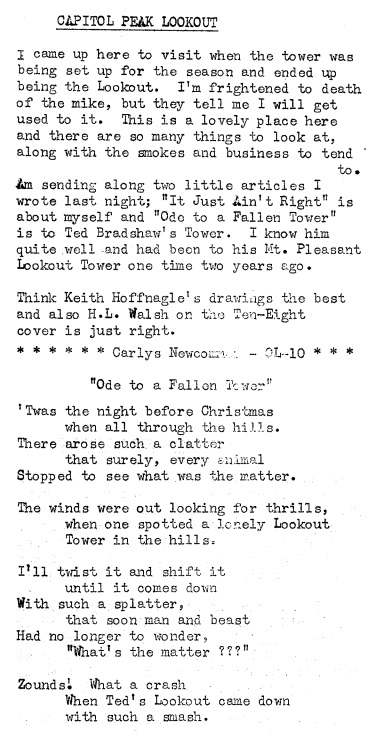
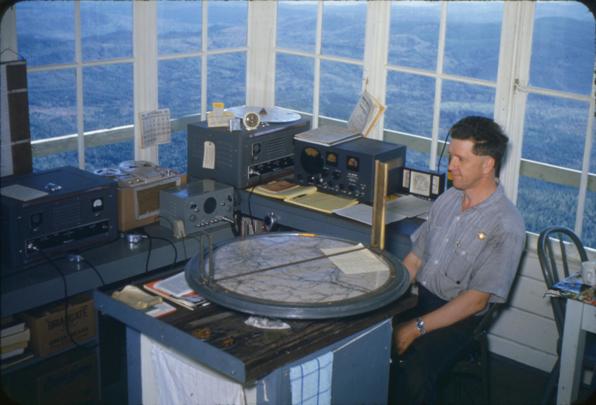
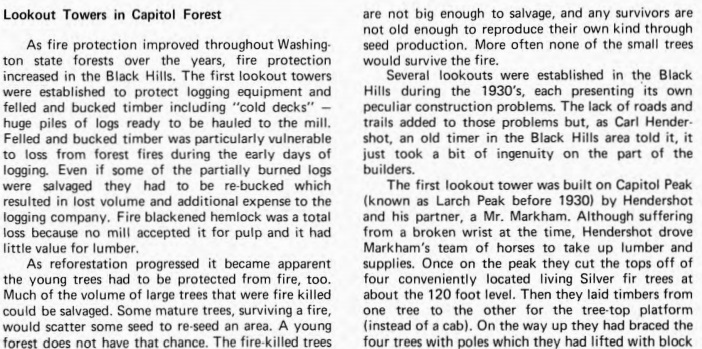
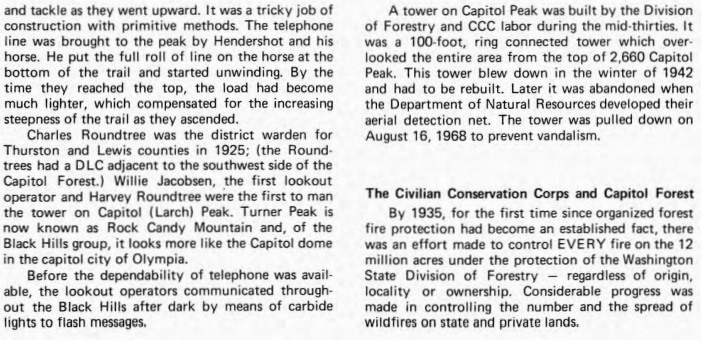
Clyde Mulford 1953
Ten-eight 1964







































